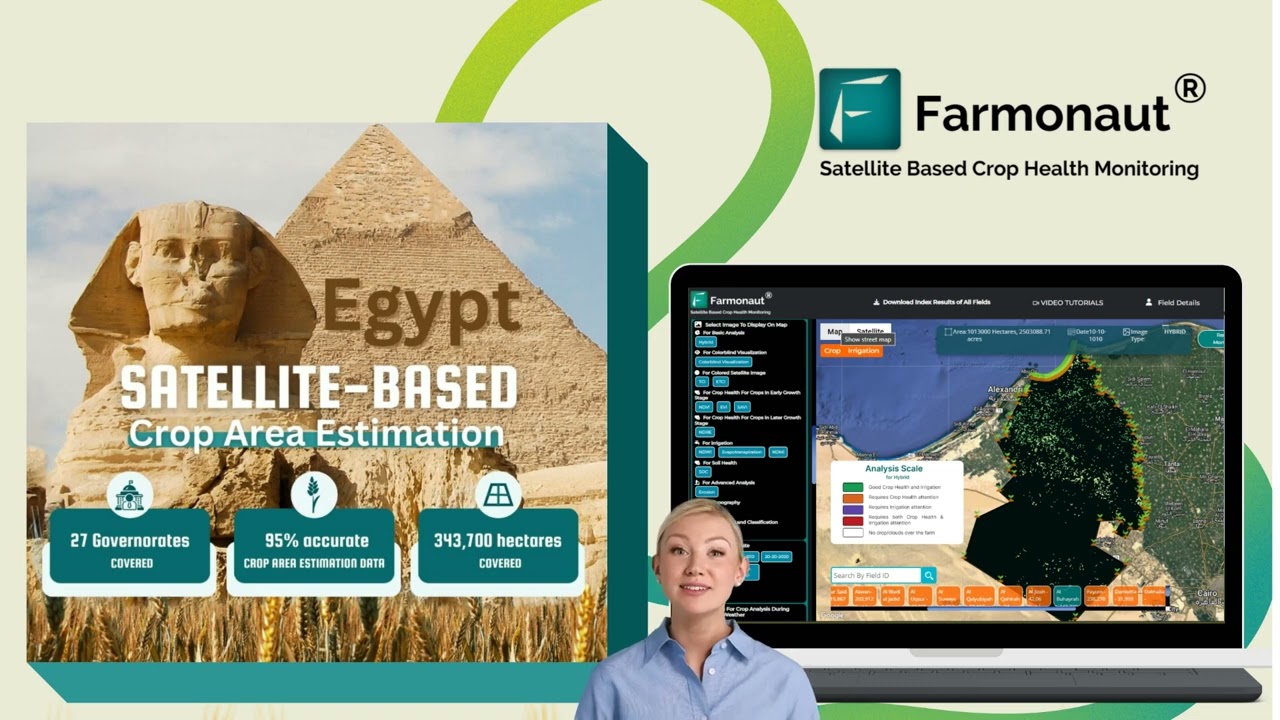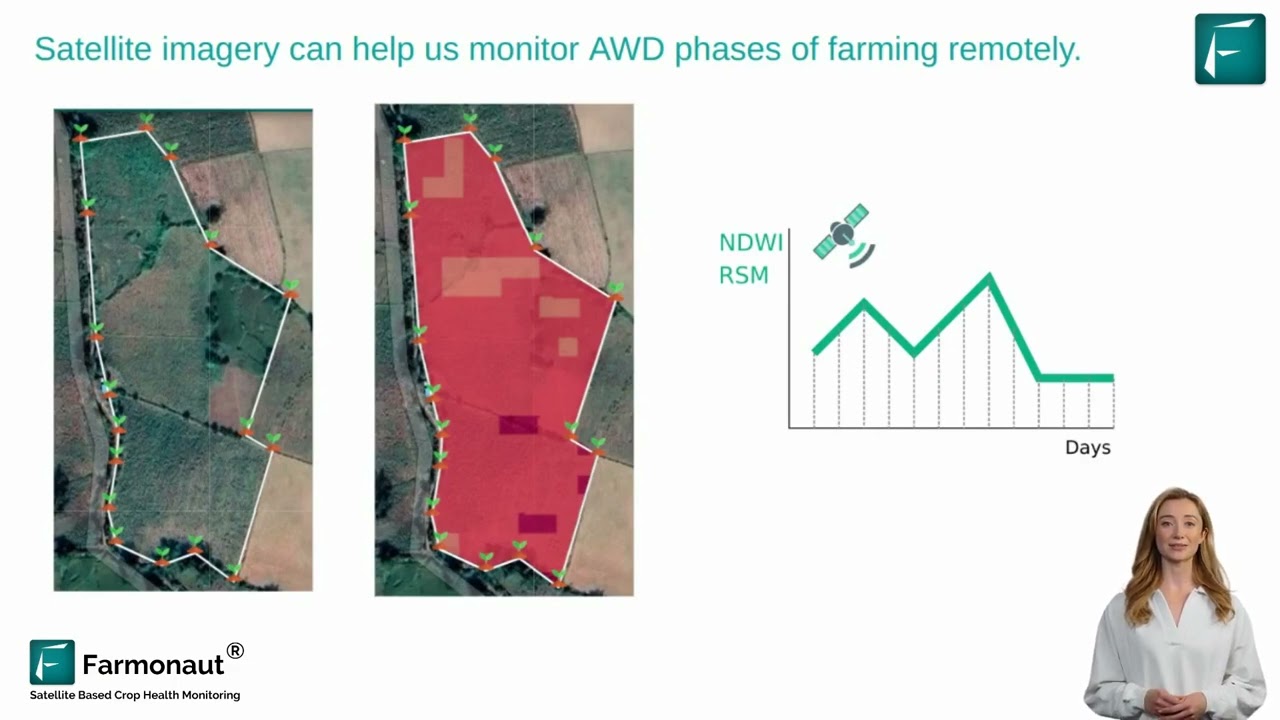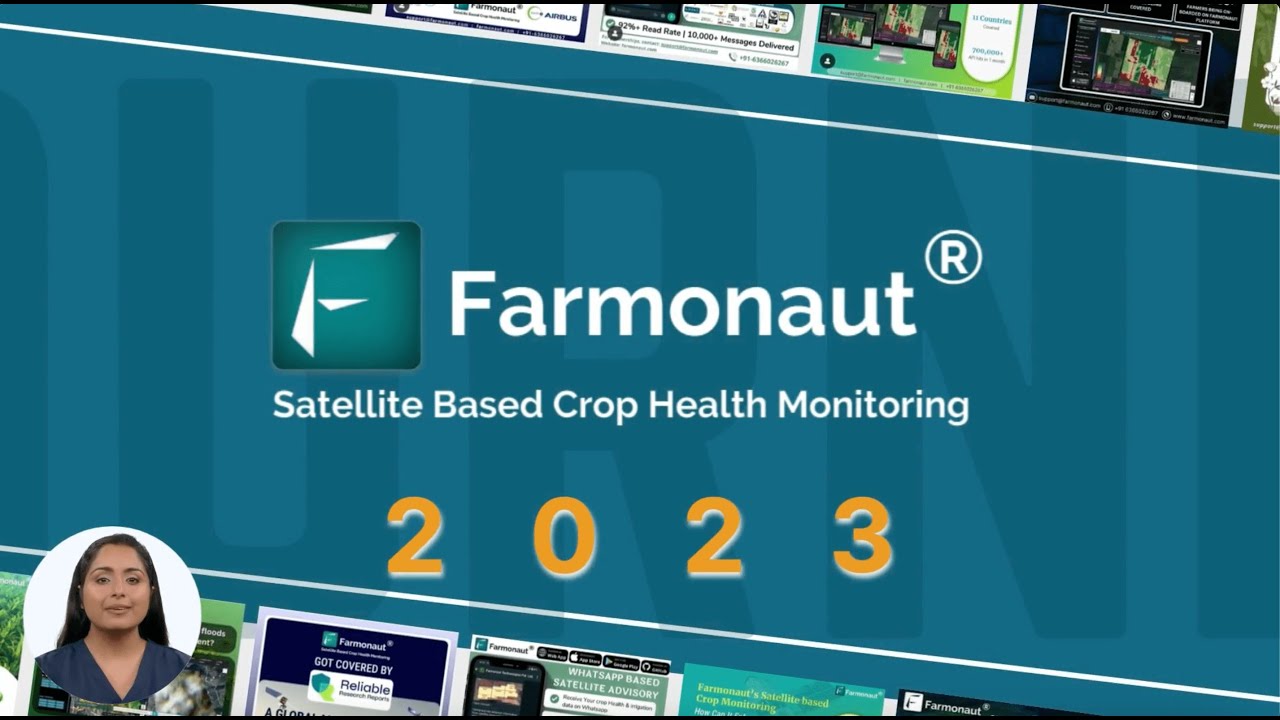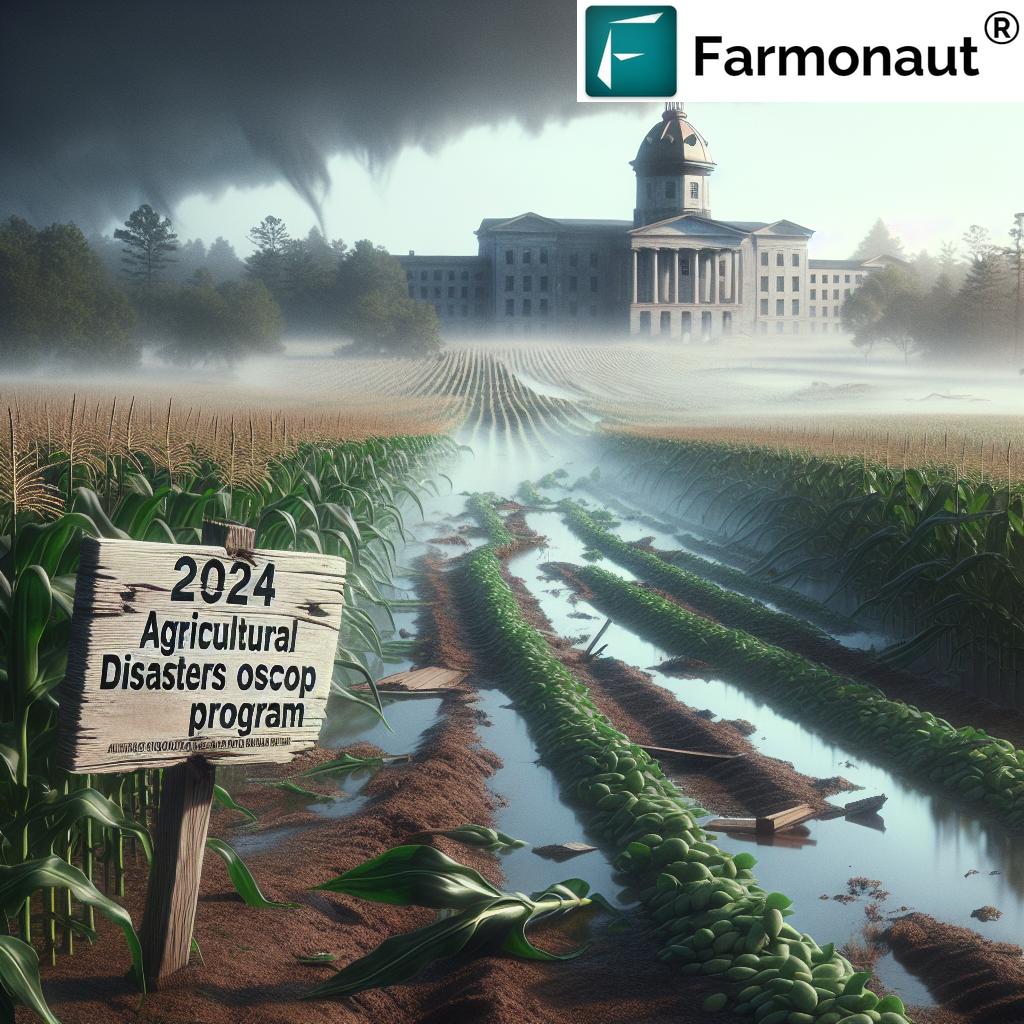Discover the Heart of Rural America: How 4-H and FFA Youth Programs Ignite Innovation in Midwest Farming Communities
“Over 6 million youth participate in 4-H programs annually, with a significant presence in Midwest farming communities.”
As fair week approaches, we can’t help but feel the excitement buzzing through the air in rural communities across the Midwest states. It’s that time of year when 4-H agricultural projects and FFA youth programs take center stage, celebrating the heart of America’s farming heritage. From the rolling prairies of Iowa to the fertile plains of Illinois, these events bring together farmers, livestock enthusiasts, and agricultural educators in a vibrant display of tradition and innovation.
In this blog post, we’ll take you on a journey through the bustling county fairgrounds, where the future of American agriculture is being shaped by the bright minds of our youth. We’ll explore how these programs are not just preserving our agricultural roots but also embracing cutting-edge technologies that are revolutionizing the industry.
The Legacy of 4-H and FFA in Midwest Farming
4-H and FFA have been cornerstones of rural America for generations, fostering leadership, personal growth, and agricultural education for youth. These programs have deep roots in the Midwest, where farming isn’t just an occupation – it’s a way of life.
- 4-H: With its iconic four-leaf clover emblem, 4-H empowers young people through hands-on learning and education programs in agriculture, science, and more.
- FFA: Formerly known as Future Farmers of America, FFA prepares students for leadership and careers in the science, business, and technology of agriculture.
Both organizations play a crucial role in shaping the future of farming, especially in the heart of America’s breadbasket – the Midwest.
[Image 1]
County Fair Livestock Exhibits: A Showcase of Hard Work and Dedication
One of the highlights of fair week is undoubtedly the livestock exhibits. Here, young participants proudly display the results of months of hard work, dedication, and early morning chores. From prize-winning cattle to well-groomed sheep, these exhibits are a testament to the commitment of our rural youth.
But it’s not just about showing animals. These exhibits are also about:
- Learning responsible animal husbandry
- Understanding the importance of genetics in breeding programs
- Developing business acumen through project management
- Fostering a deep connection with the land and animals
As we walk through the barns, we’re struck by the pride in the eyes of these young farmers as they present their livestock to judges and visitors alike. It’s a reminder that the future of our farms is in capable hands.
Innovative Farm Technology Demonstrations: The Future of Agriculture
While traditional livestock exhibits remain a cornerstone of county fairs, there’s an exciting new element that’s drawing crowds: innovative farm technology demonstrations. This is where the old meets the new, and where companies like Farmonaut are making waves with their precision agriculture solutions.
Farmonaut, a pioneering agricultural technology company, is at the forefront of this revolution. Their satellite-based farm management solutions are transforming how we approach farming, making precision agriculture accessible and affordable for farmers of all scales.
Check out Farmonaut’s innovative solutions:
At these technology demonstrations, we’re seeing:
- Real-time crop health monitoring using satellite imagery
- AI-driven advisory systems for personalized farm management
- Blockchain-based traceability solutions for transparent supply chains
- Advanced resource management tools for optimized farming operations
These smart farming technologies are not just fascinating to observe; they’re changing the game for farmers across the Midwest and beyond. By integrating these innovations, farmers can make more informed decisions, increase yields, and operate more sustainably.
Sustainable Farming Practices: Nurturing the Land for Future Generations
As stewards of the land, Midwest farmers have always understood the importance of sustainable practices. Today’s 4-H and FFA programs are taking this commitment to new heights, incorporating the latest in sustainable farming techniques into their projects and demonstrations.
At the fair, we’re seeing young farmers showcase:
- Cover crop management for soil health improvement
- Precision irrigation systems for water conservation
- Integrated pest management strategies to reduce chemical use
- Renewable energy solutions for farm operations
These practices not only benefit the environment but also contribute to the long-term viability of farming operations. It’s inspiring to see how these young agriculturists are embracing sustainability as a core principle of modern farming.
“FFA boasts over 850,000 student members across 8,995 chapters, representing all 50 states, Puerto Rico, and the U.S. Virgin Islands.”
Crop Management Techniques: From Field to Fair
The crop competitions at county fairs are more than just a showcase of the biggest pumpkin or the tallest corn stalk. They’re a display of advanced crop management techniques that these young farmers have mastered. From soil preparation to harvest, every step is carefully planned and executed.
Some of the impressive crop management techniques on display include:
- Precision planting for optimal seed spacing and depth
- Variable rate technology for efficient fertilizer application
- Drone-assisted crop scouting for early pest and disease detection
- Data-driven decision making using farm management software
These techniques are not just theoretical concepts for these young farmers. They’re putting them into practice, often with the help of cutting-edge tools like those offered by Farmonaut. The company’s satellite-based crop health monitoring and AI advisory systems are empowering the next generation of farmers to make data-driven decisions for better yields and resource management.
Explore Farmonaut’s API for developers: Farmonaut API
The Role of Agricultural Education in Shaping Future Farmers
At the heart of 4-H and FFA programs is a strong commitment to agricultural education. These organizations are not just about raising livestock or growing crops; they’re about cultivating the knowledge and skills that will shape the future of farming.
Key aspects of agricultural education in these programs include:
- Hands-on experience with various aspects of farm management
- Classroom instruction on agricultural science and business principles
- Leadership development through public speaking and project management
- Exposure to cutting-edge agricultural technologies and practices
This comprehensive approach to education ensures that young participants are well-prepared to face the challenges and opportunities in modern agriculture. It’s not uncommon to see these young farmers confidently explaining complex agricultural concepts to fair visitors, showcasing the depth of their knowledge and passion for the field.
[Image 2]
Rural Community Events: Strengthening Bonds and Preserving Traditions
While the agricultural exhibitions and competitions are the main attractions, county fairs in the Midwest are about so much more. They serve as a hub for rural community events, bringing together people from all walks of life to celebrate their shared heritage and values.
Some of the community-building events you might find at a Midwest county fair include:
- Tractor pulls and rodeos that showcase rural skills and traditions
- Farm-to-table dinners featuring locally grown produce and meats
- Agricultural auctions that support youth programs and local charities
- Live music and dance events that celebrate rural culture
These events do more than just entertain; they strengthen the bonds that hold rural communities together. They provide a space for farmers to share knowledge, for families to create lasting memories, and for the community to come together in support of its youngest members.
The Impact of Technology on Traditional Farming Practices
As we explore the fairgrounds, it’s impossible to ignore the impact that technology is having on traditional farming practices. The integration of smart farming technologies is not just changing how farms operate; it’s reshaping the entire agricultural landscape.
Farmonaut’s precision agriculture solutions are at the forefront of this transformation. By leveraging satellite imagery and AI, they’re providing farmers with unprecedented insights into their operations. This technology is helping to:
- Optimize resource use, reducing waste and environmental impact
- Improve crop yields through precise management of inputs
- Enhance decision-making with real-time data and predictive analytics
- Increase overall farm efficiency and profitability
What’s particularly exciting is seeing how young farmers in 4-H and FFA programs are embracing these technologies. They’re not just users; they’re innovators, finding new ways to apply these tools to solve age-old farming challenges.
Get started with Farmonaut on your mobile device:
The Future of Midwest Agriculture: Innovation Meets Tradition
As we look to the future of Midwest agriculture, it’s clear that the blend of innovation and tradition we see at these county fairs is setting the stage for a new era of farming. The young participants in 4-H and FFA programs are not just preserving agricultural traditions; they’re reimagining them for the 21st century.
Key trends shaping the future of Midwest agriculture include:
- Increased adoption of precision agriculture technologies
- Growing focus on sustainable and regenerative farming practices
- Emphasis on data-driven decision making in farm management
- Integration of AI and machine learning in agricultural operations
- Continued importance of community and cooperative farming models
Companies like Farmonaut are playing a crucial role in this transformation, providing the tools and technologies that will power the farms of tomorrow. Their commitment to making precision agriculture accessible to farmers of all sizes aligns perfectly with the democratic spirit of 4-H and FFA programs.
Midwest State Fair Participation Highlights
| State | Estimated 4-H Participants | Estimated FFA Participants | Popular Project Categories | Innovative Technology Demonstrations |
|---|---|---|---|---|
| Iowa | 100,000+ | 15,000+ | Livestock shows, Crop cultivation, STEM projects | Farmonaut’s satellite crop monitoring, Precision planting demos |
| Illinois | 90,000+ | 12,000+ | Animal science, Horticulture, Robotics in agriculture | AI-driven farm advisory systems, Drone crop scouting |
| Ohio | 80,000+ | 10,000+ | Dairy production, Agribusiness, Environmental sciences | Blockchain for supply chain traceability, Smart irrigation systems |
| Wisconsin | 85,000+ | 11,000+ | Dairy science, Forestry, Food science | Virtual reality farm tours, Automated milking systems |
| Minnesota | 75,000+ | 9,000+ | Poultry, Agronomy, Renewable energy in agriculture | Solar-powered farm equipment, Precision livestock farming |
Conclusion: The Bright Future of Midwest Farming
As we wrap up our journey through the heart of rural America, we’re filled with optimism for the future of Midwest farming. The dedication, innovation, and passion displayed by the young participants in 4-H and FFA programs are truly inspiring. These youth are not just inheriting the legacy of American agriculture; they’re actively shaping its future.
The integration of cutting-edge technologies, like those provided by Farmonaut, with time-honored farming traditions is creating a powerful synergy. This blend of old and new is ensuring that Midwest agriculture remains at the forefront of innovation while staying true to its roots.
As we look ahead, it’s clear that the future of farming in the Midwest is bright. With each passing fair season, we’re witnessing the growth of a new generation of farmers who are equipped with the knowledge, skills, and technologies to face the challenges of tomorrow. They’re not just preserving a way of life; they’re reimagining it for a sustainable, productive, and vibrant future.
So the next time you attend a county fair or drive past a field in the Midwest, remember that you’re witnessing more than just a tradition. You’re seeing the future of American agriculture unfolding before your eyes, powered by the passion of youth and the innovation of companies like Farmonaut. It’s a future that promises to be as rich and bountiful as the fertile soils of the Midwest itself.
FAQ Section
Q: What are 4-H and FFA, and how do they contribute to agricultural education?
A: 4-H and FFA are youth organizations that focus on leadership, personal growth, and agricultural education. They contribute by providing hands-on experience, classroom instruction, and opportunities for project management in various aspects of agriculture.
Q: How are innovative technologies like Farmonaut’s solutions impacting Midwest farming?
A: Technologies like Farmonaut’s satellite-based farm management solutions are revolutionizing Midwest farming by providing real-time crop health monitoring, AI-driven advisory systems, and precision agriculture tools. These innovations help farmers make data-driven decisions, optimize resource use, and increase productivity.
Q: What role do county fairs play in Midwest farming communities?
A: County fairs serve as hubs for rural community events, showcasing agricultural projects, livestock exhibits, and innovative farm technologies. They strengthen community bonds, preserve traditions, and provide a platform for young farmers to demonstrate their skills and knowledge.
Q: How are sustainable farming practices being incorporated into youth agricultural programs?
A: Youth programs are emphasizing sustainable practices such as cover crop management, precision irrigation, integrated pest management, and renewable energy solutions. These practices are taught and demonstrated through projects and competitions at events like county fairs.
Q: What are some of the key trends shaping the future of Midwest agriculture?
A: Key trends include increased adoption of precision agriculture technologies, focus on sustainable and regenerative farming practices, emphasis on data-driven decision making, integration of AI and machine learning, and the continued importance of community-based farming models.




















